
As designers we have a responsibility for what we put out in the world, and I treat every project with that mindset. This year I have specialised in sustainable and inclusive design as a reflection of my design ethos.
Final Project
Warmeº: Warming those with low mobility during the cost of living crisis
Inspired by water-perfused suits, Warmeº uses water to directly heat people, allowing for consistent temperature control and a safer alternative to warming people than those already on the market.
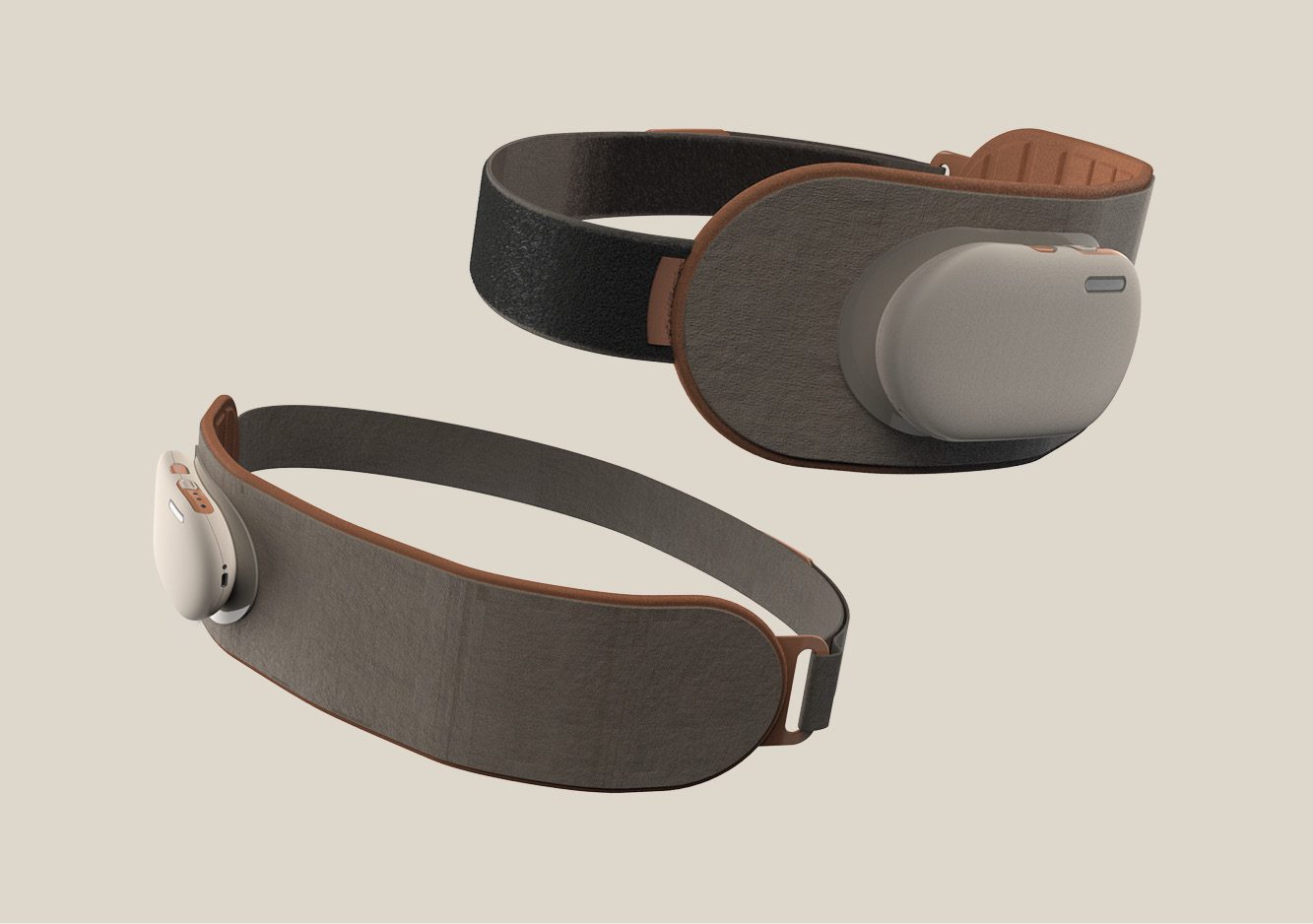
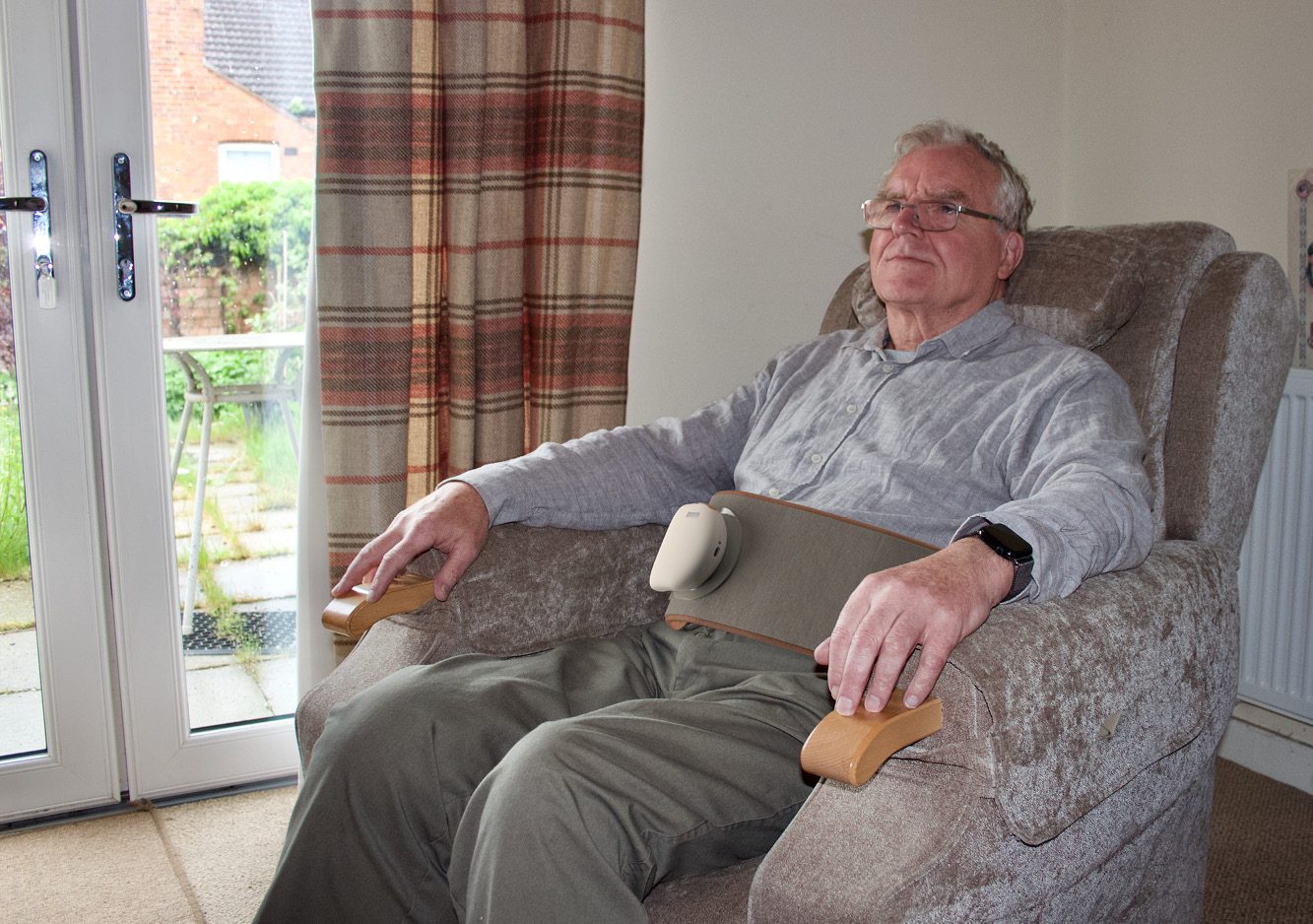
Designed to be worn around the waist, Warmeº avoids limiting the user’s mobility and prevents keeping the heating on in all rooms of the home, creating an economical option for low-income households who have disproportionately been affected by the rising energy costs.
Designed for Safety
I have designed Warmeº to safely handle water. Unlike hot water bottles and electric blankets, Warmeº safely regulates its temperature to prevent overheating and burns, which is better achieved with water. Even in the scenario of a leak, the change in flow rate would be detected and the heating element will switch off.
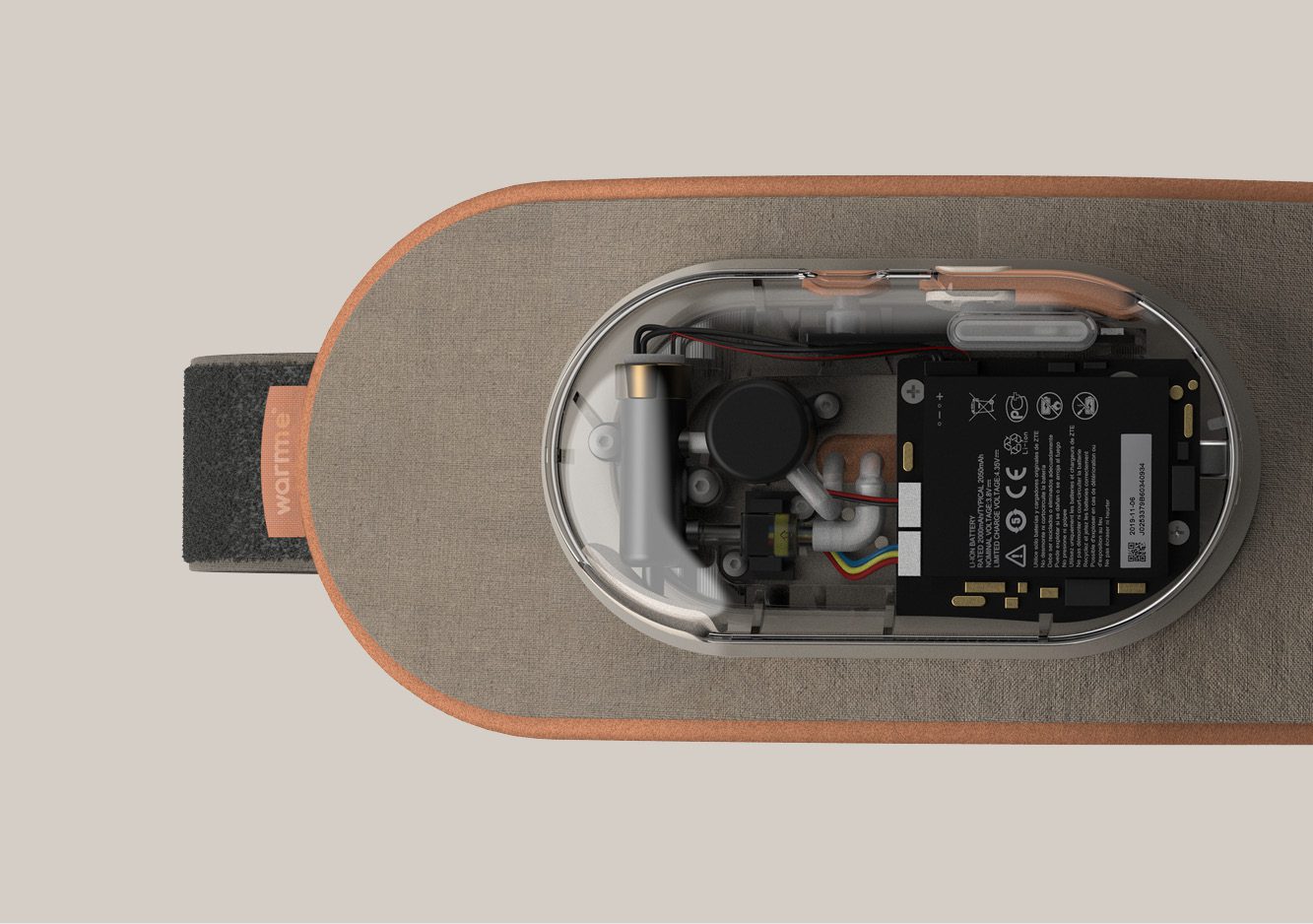
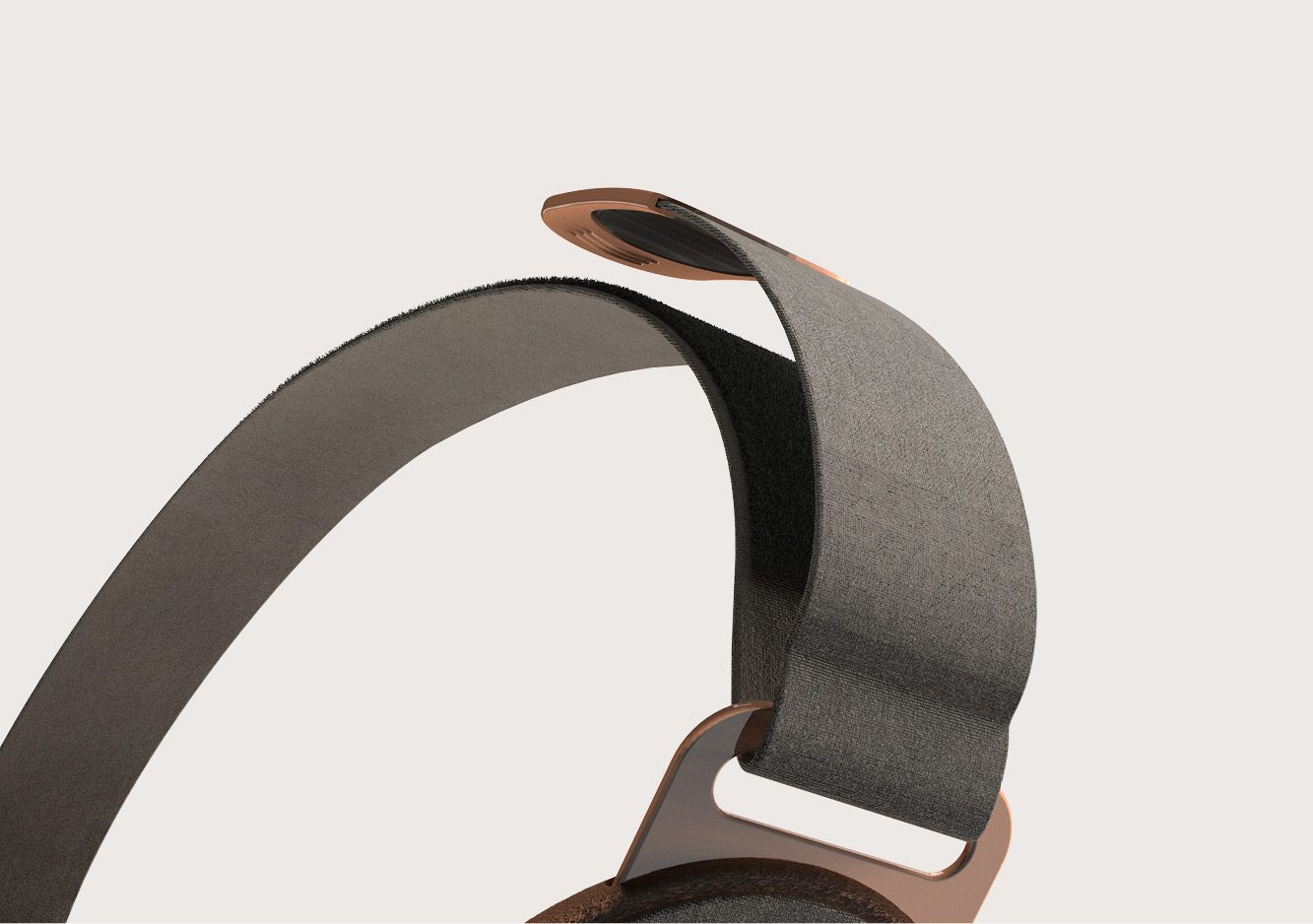
For a Range of Needs
Listening to my users has been integral to my design ethic for this project. Many users spoke of how the cold can heighten aches and pains in their joints, which is why I chose velcro as a way of attaching the product to the wearer. This allows it to be adjusted to different lengths and the user can place Warmeº on other body parts such as their knee, to relieve that pain with direct warmth.
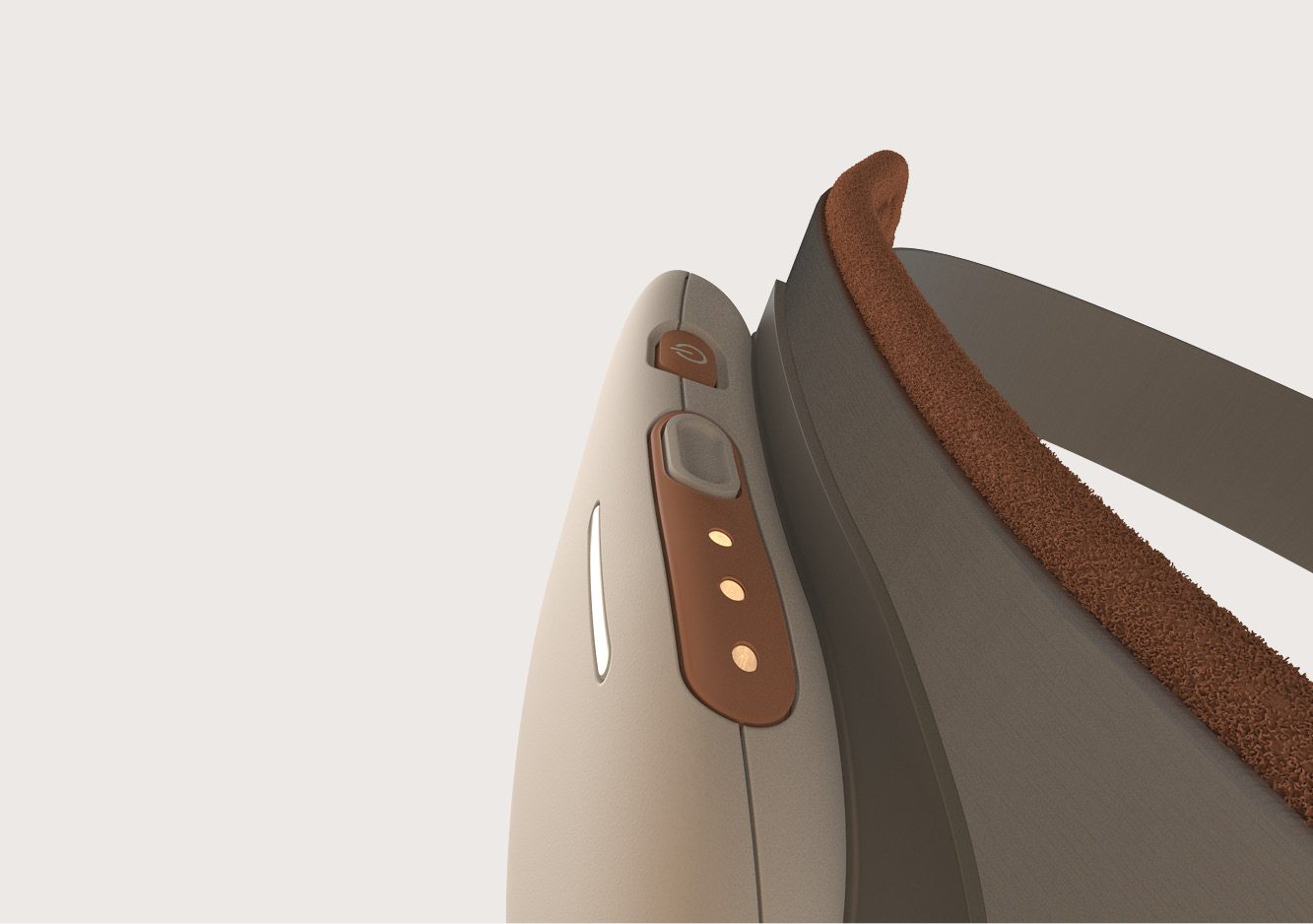
Keeping it Simple.
Consistently testing prototypes with users throughout the project to ensure the interaction is as intuitive and usable as possible, regardless of impairments. Warmeº only needs two buttons: a power and temperature control button, contrasted against the orange and white for those with visual impairments to still engage with the product.
My Design Process
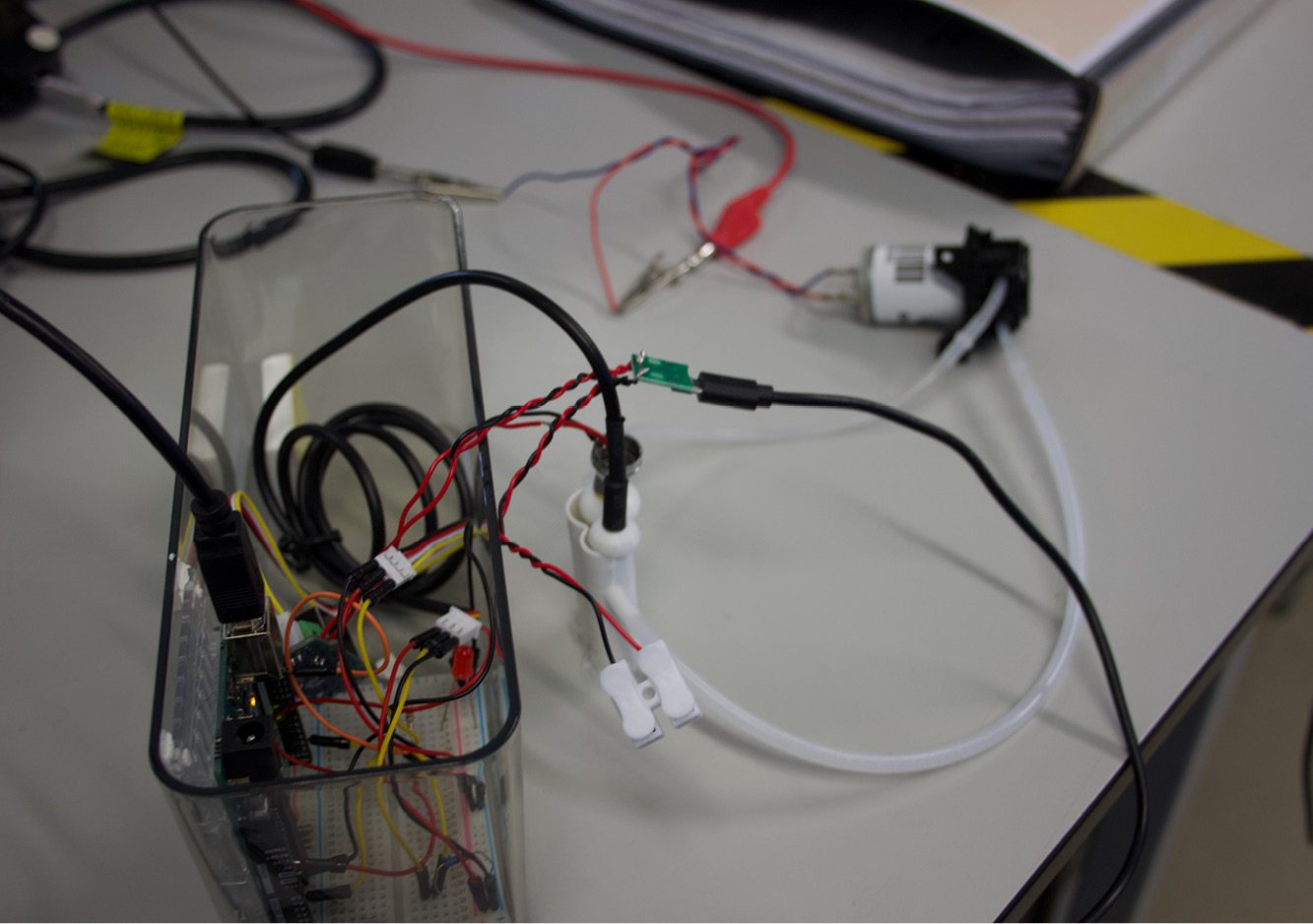
To test the principle behind the design, a functional electronic prototype was coded and constructed to control the temperature of the water.
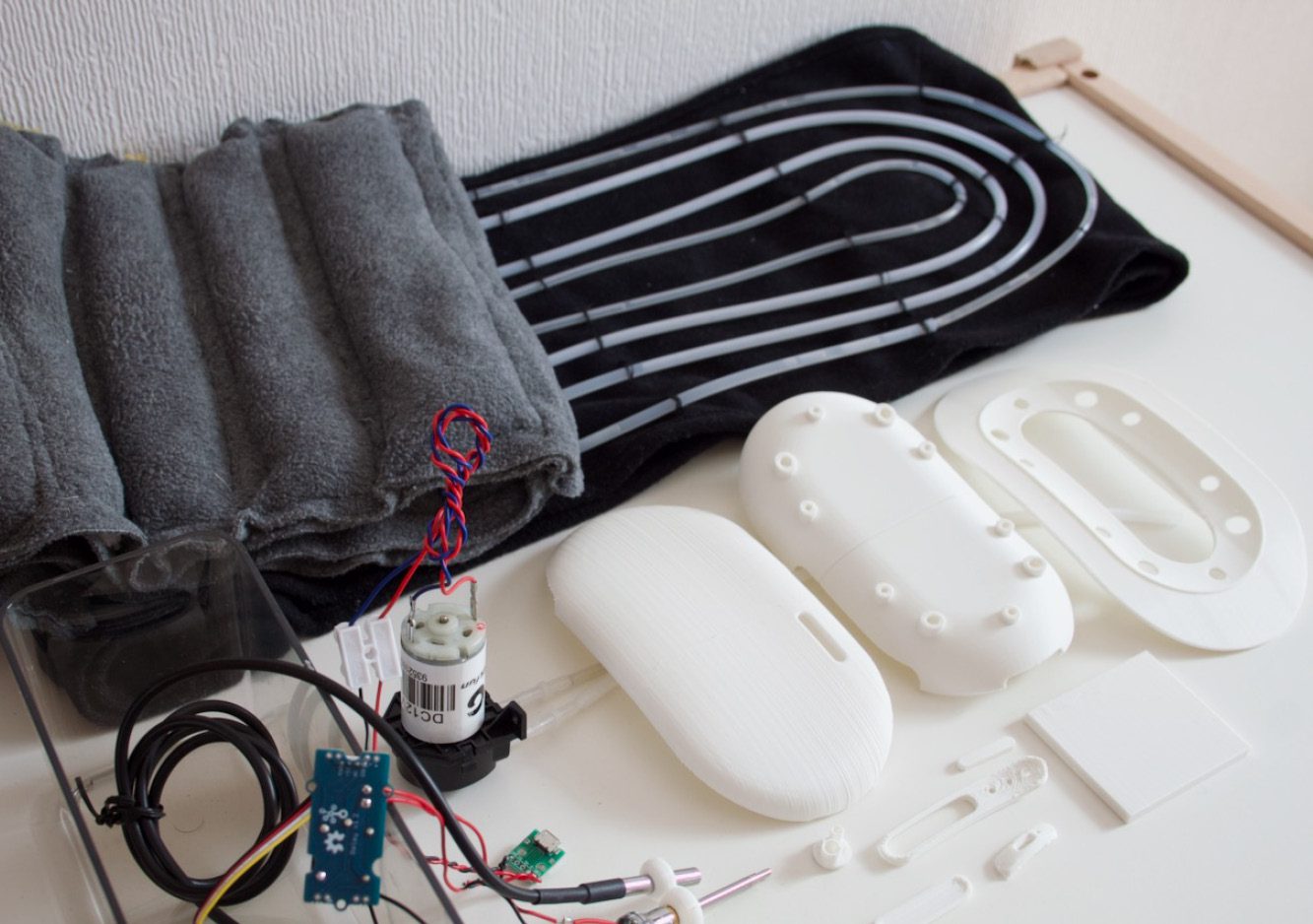
An interactive prototype was sewn and the main body and buttons were 3D printed, creating a tangible concept that users could evaluate.
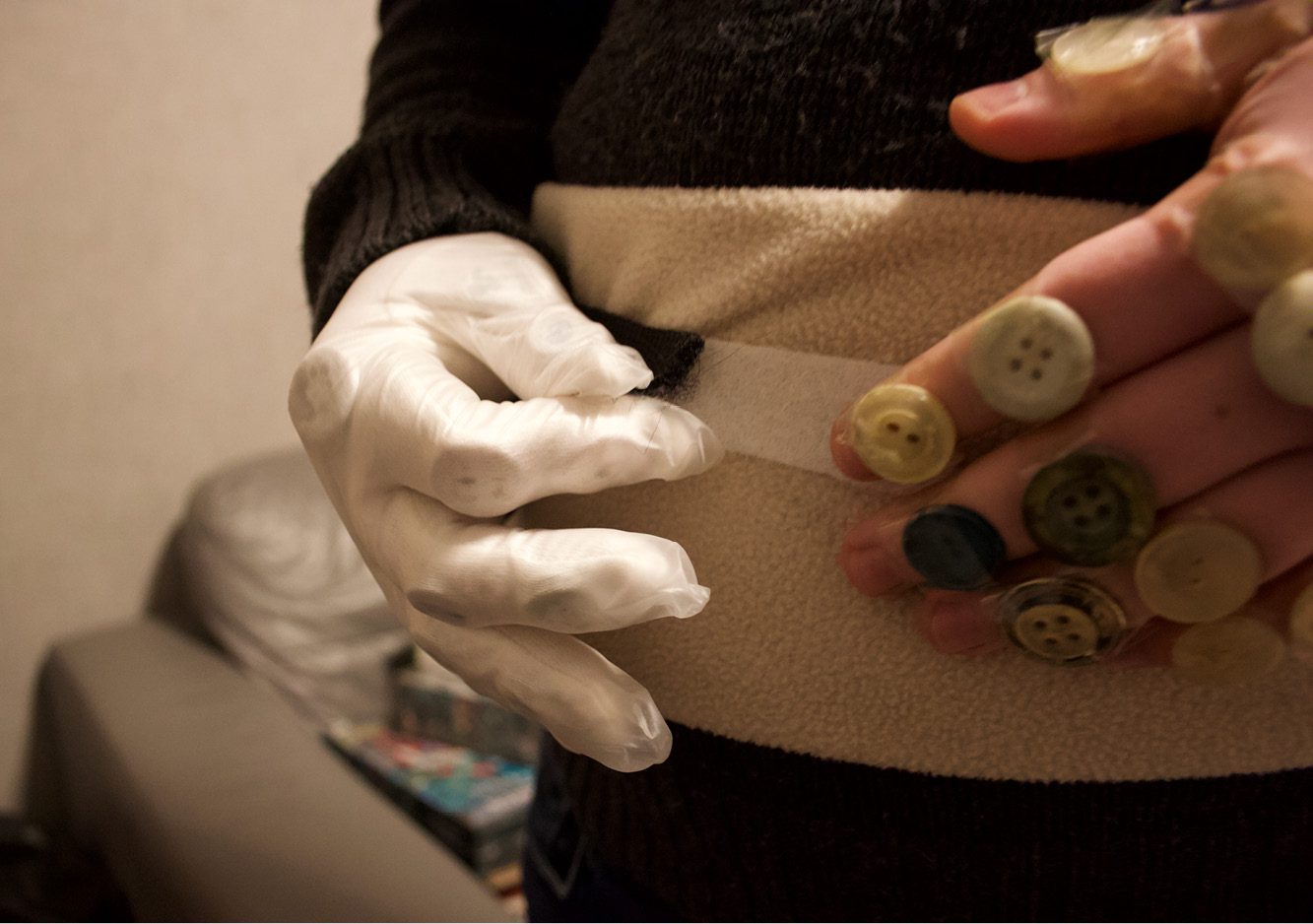
To ensure Warmeº met inclusive design principles, I tested multiple prototypes against a range of users and simulated dexterity and visual impairments to iteratively develop aspects of my design.
Other Projects
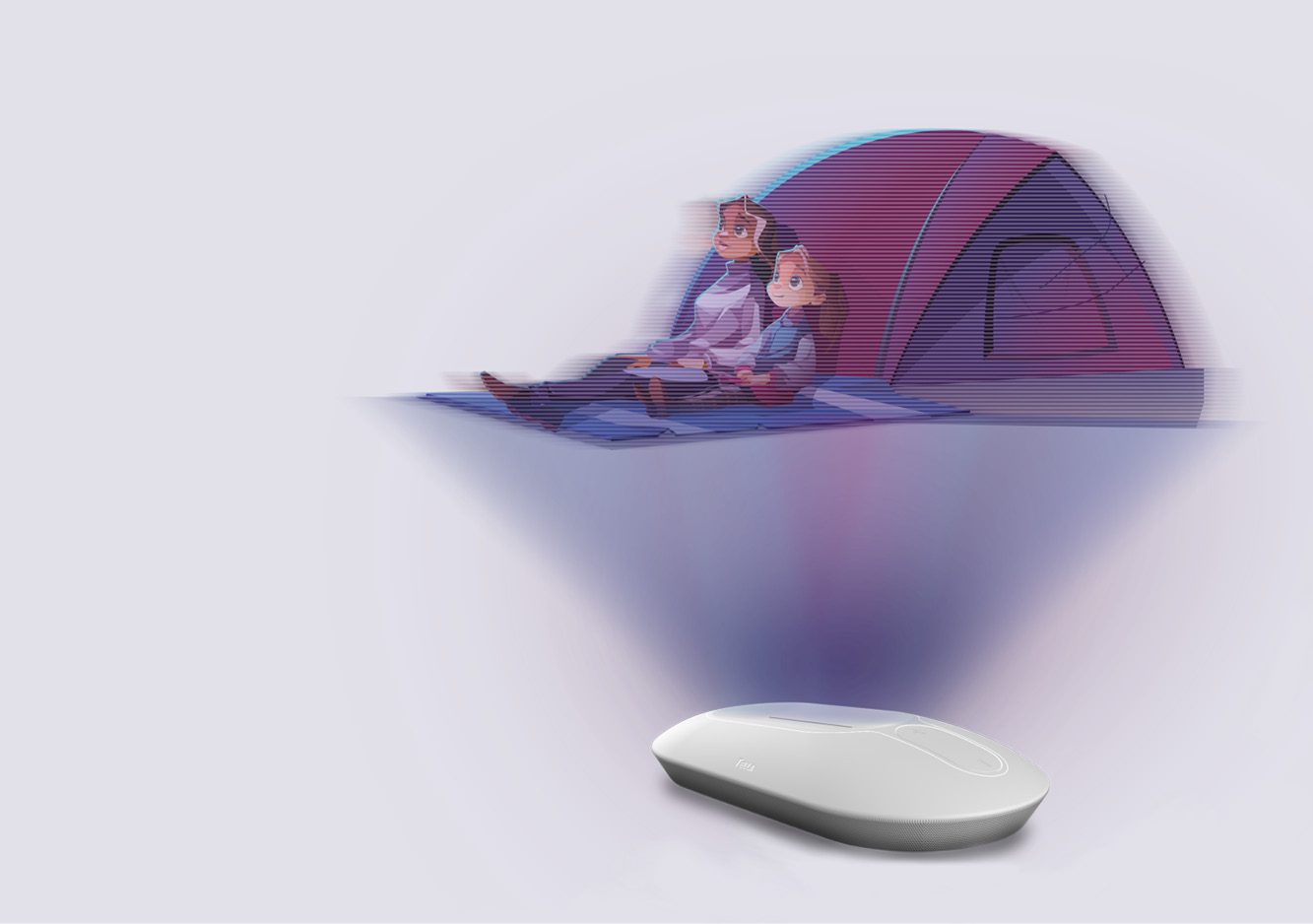
Our RSA-shortlisted project was Tella. Tella aims to enhance bedtime storytelling by incorporating AI image generation to create visuals as the story is told; enabling loved ones to engage with a child’s bedtime story experience beyond the borders of physical distance.
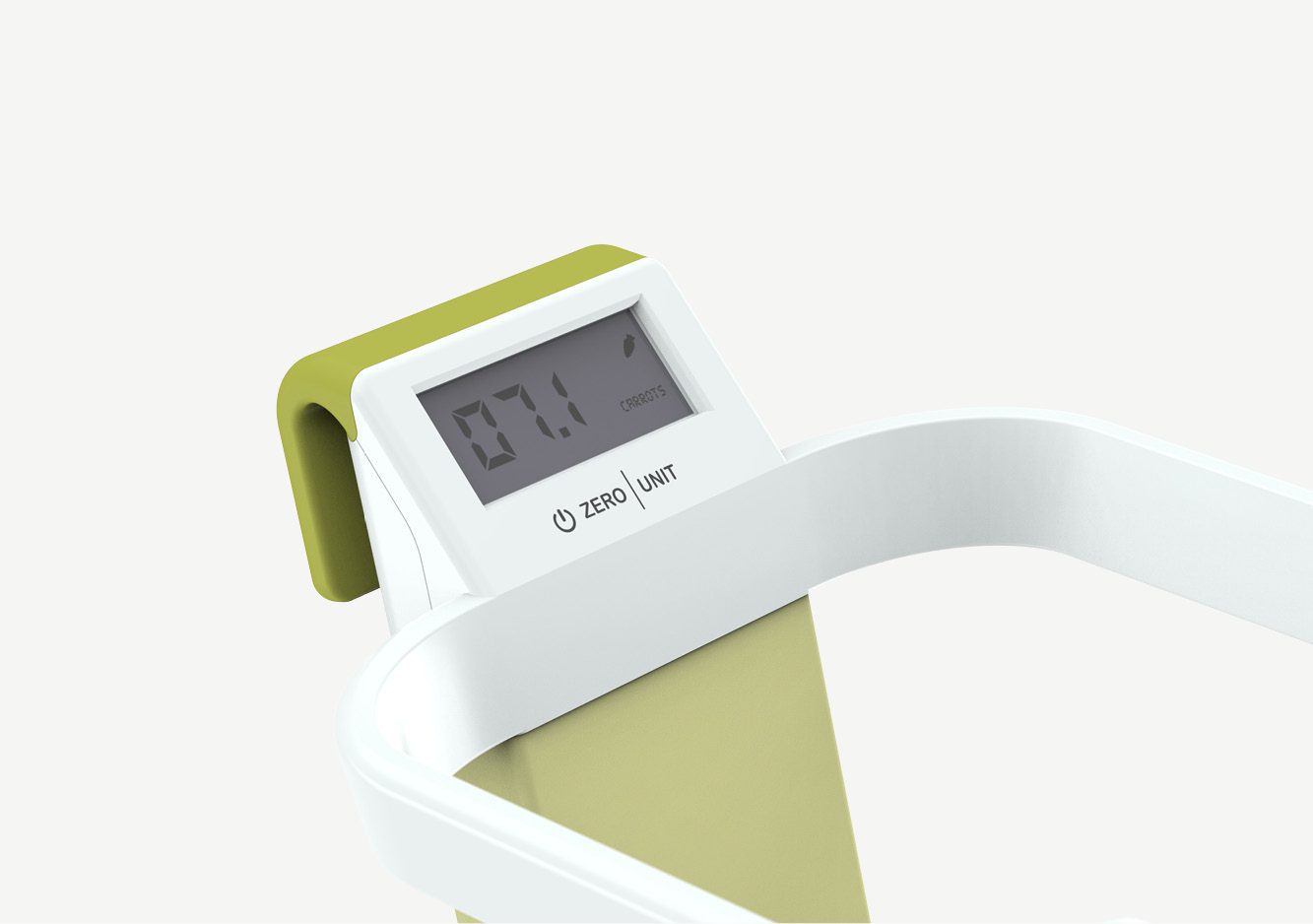
In response to the live brief given by DCA consultants to enrich lives and aid the cost of living, I proposed a portable weighing scale to help reduce the cost of essential grocery shopping, while pressuring the government for real systemic change.
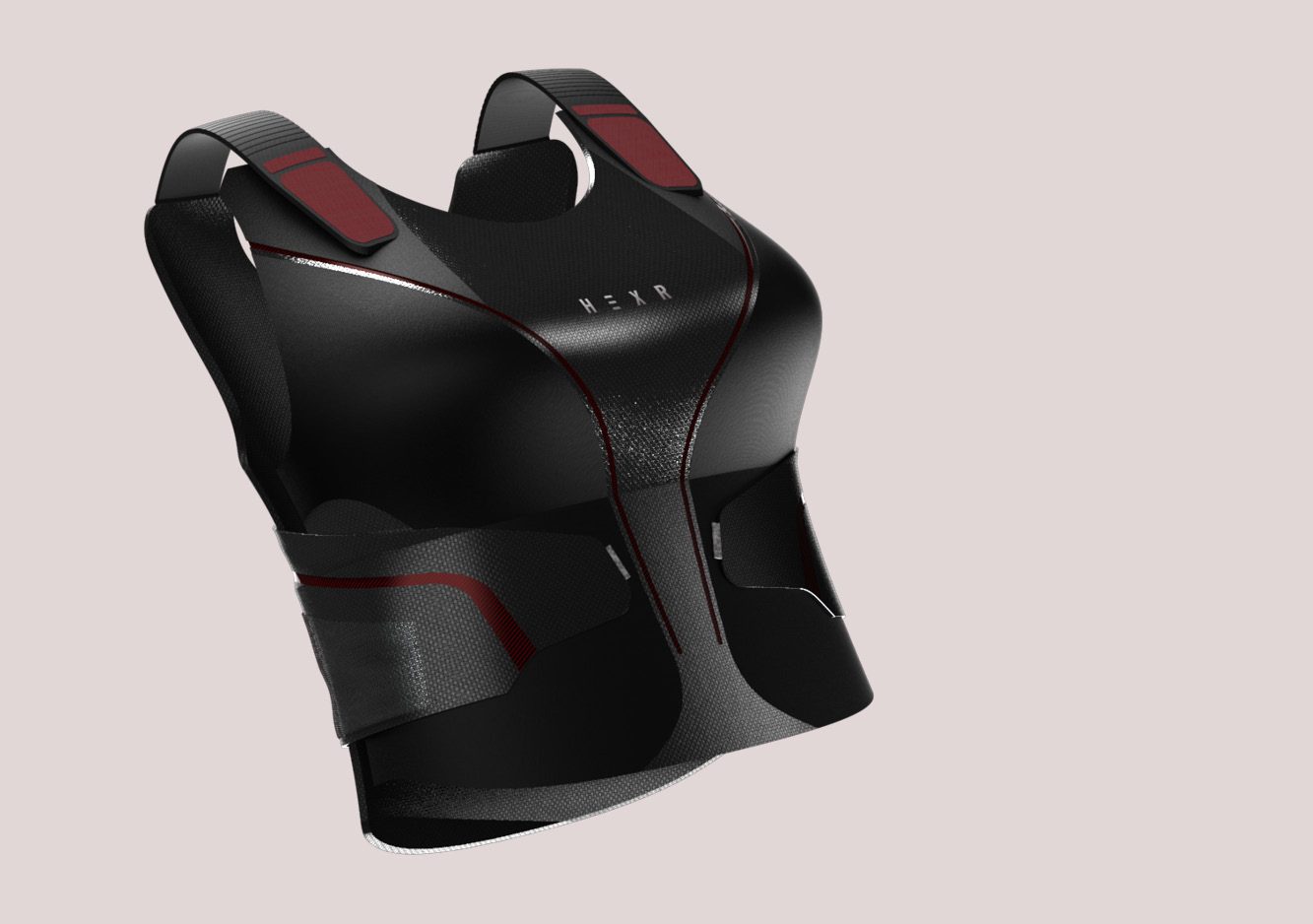
A proposal to combine 3D scanning technology and CNC manufacturing to make custom-fitted police body armour for women as a response to a live brief given by HEXR.
Awards
- RSA 2023 Shortlist, Brief 5: Amplifying Connections
Work Experience
I completed a full placement year as an R&D Intern at Exxentric, an established gym equipment brand based in Stockholm, Sweden. I played a large role in designing their product catalogue to be printed and sent to customers internationally as well as working on the release of the LegFlexx; a leg curling machine incorporating flywheel technology.
This year I have also volunteered to be the Action SIO for the School of Design and Creative Arts (SDCA) Department. Issuing information about volunteering opportunities to SDCA students organised by either myself or run by the Loughborough Students Union (LSU).
Visionary Thinkers
Visionary Creators
Visionary Makers